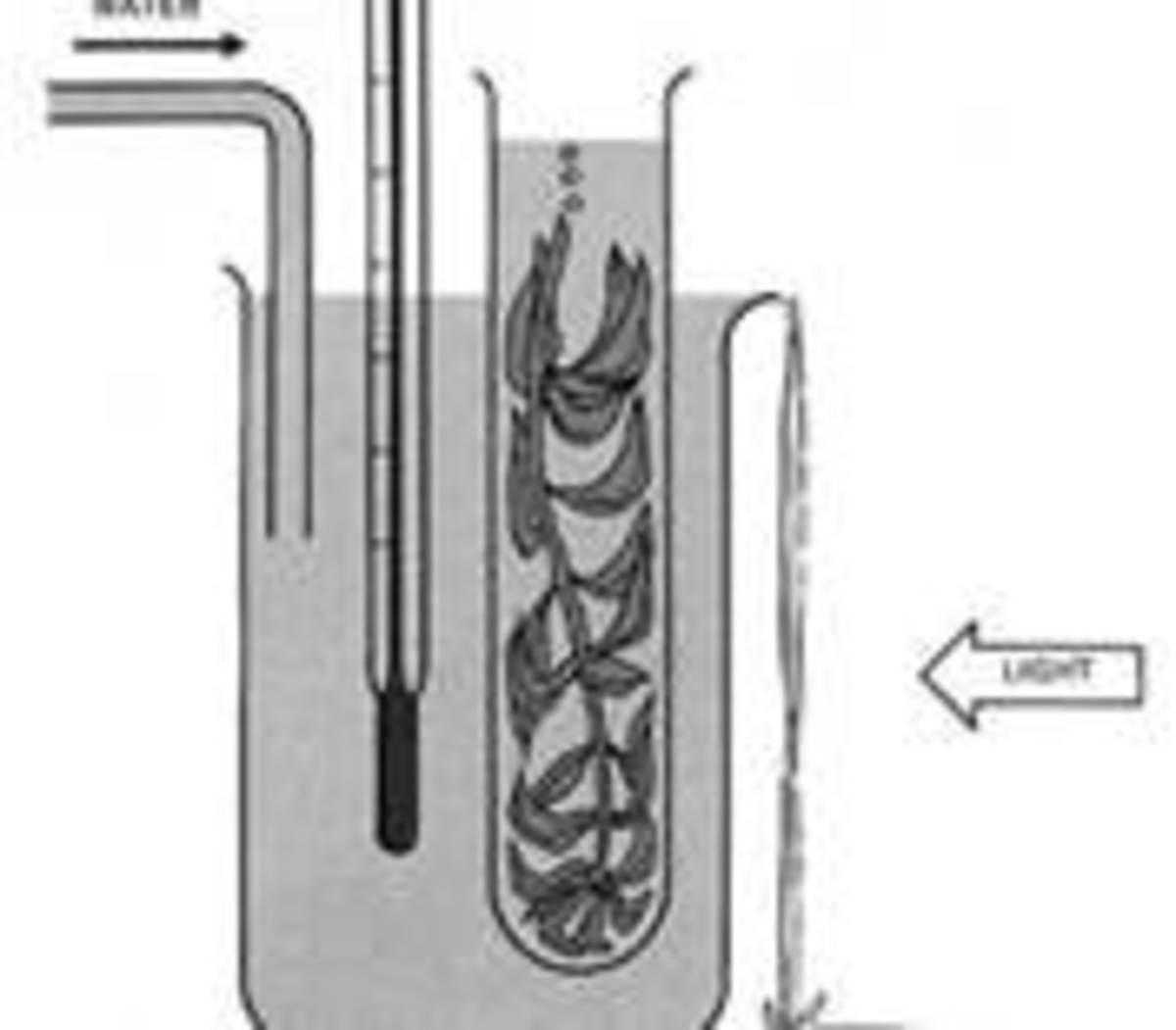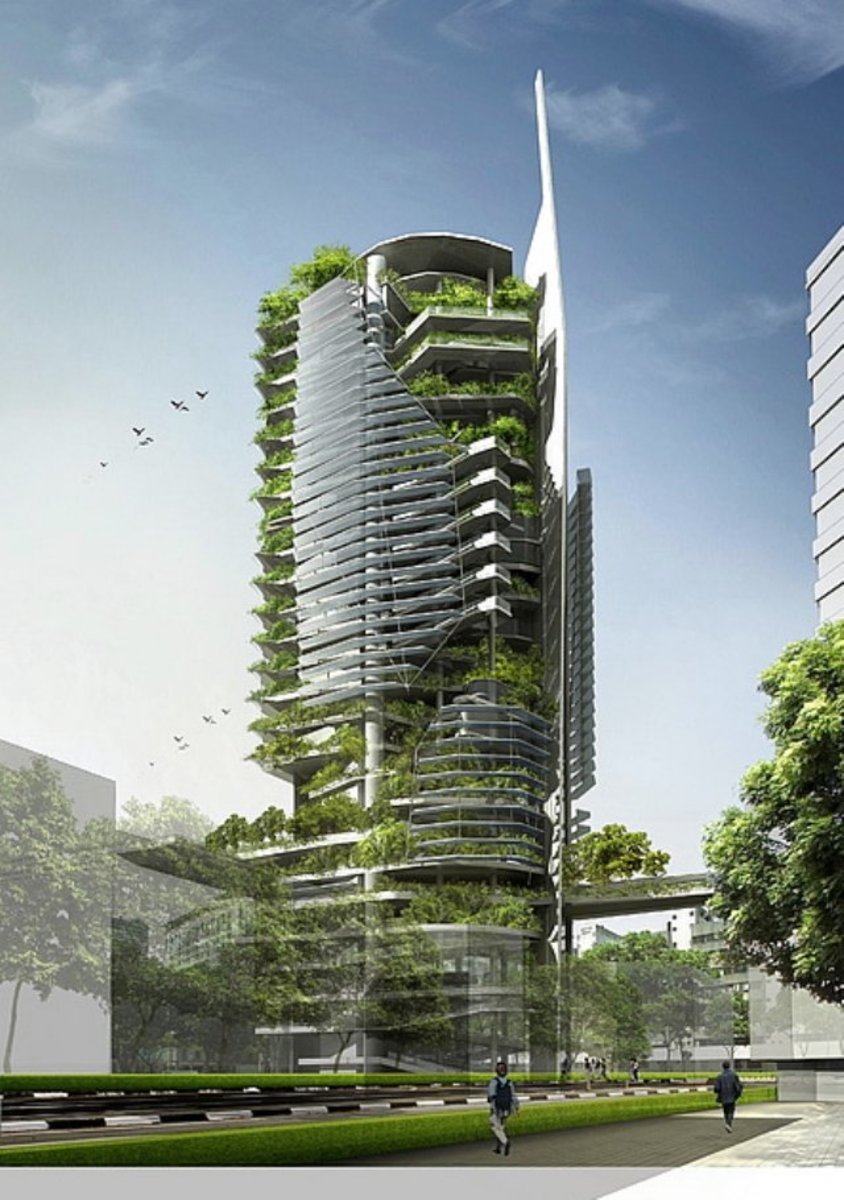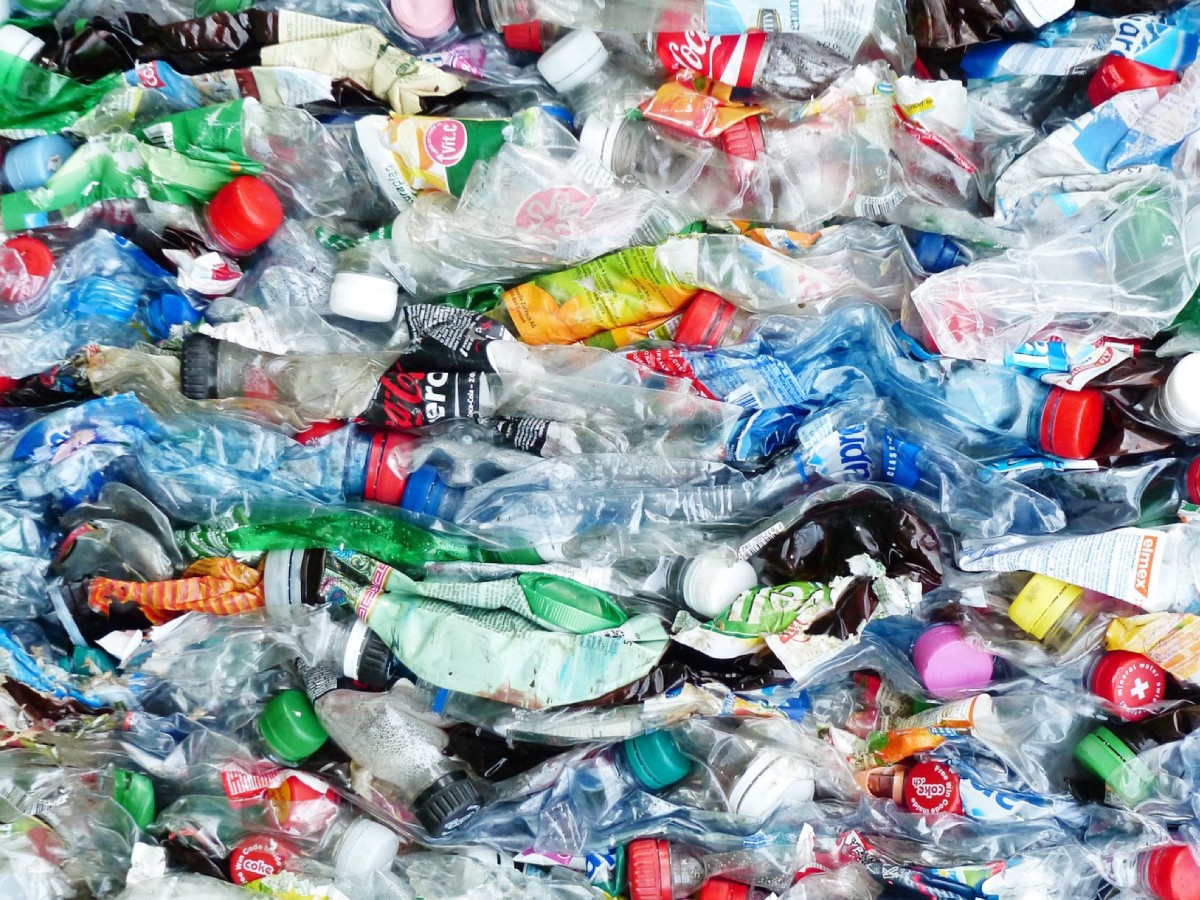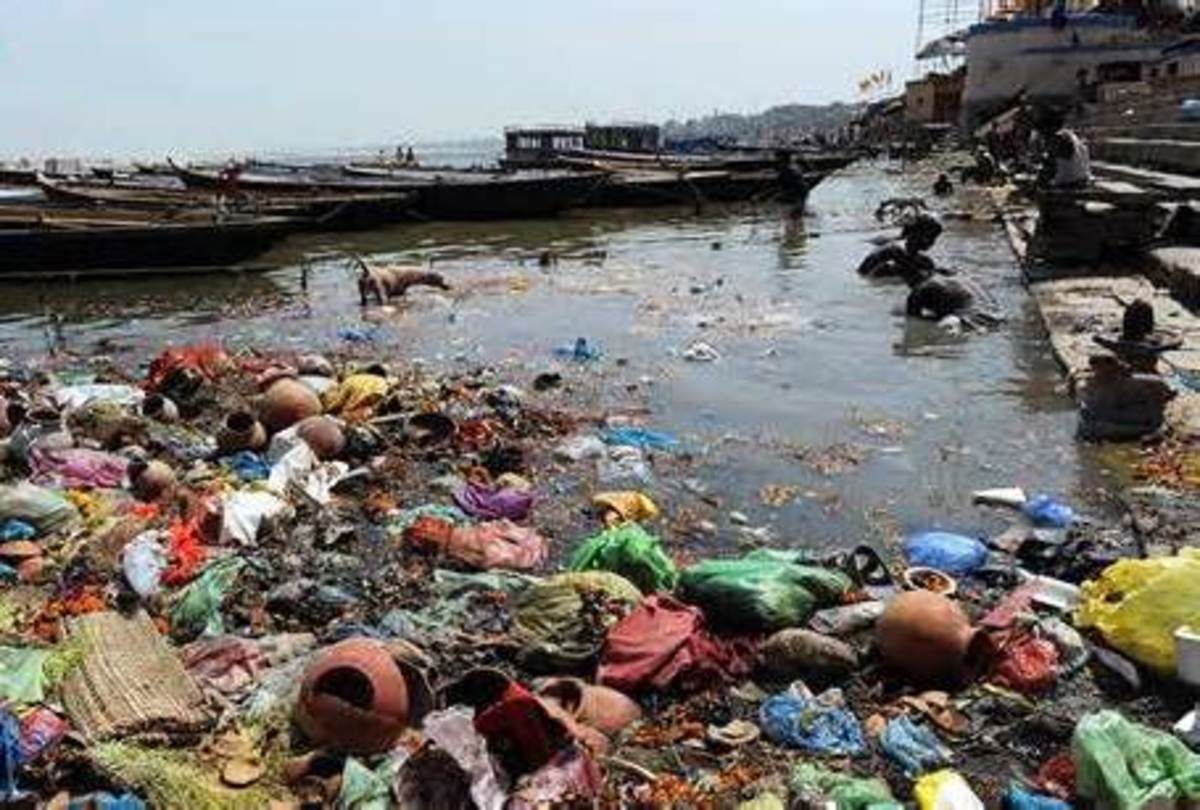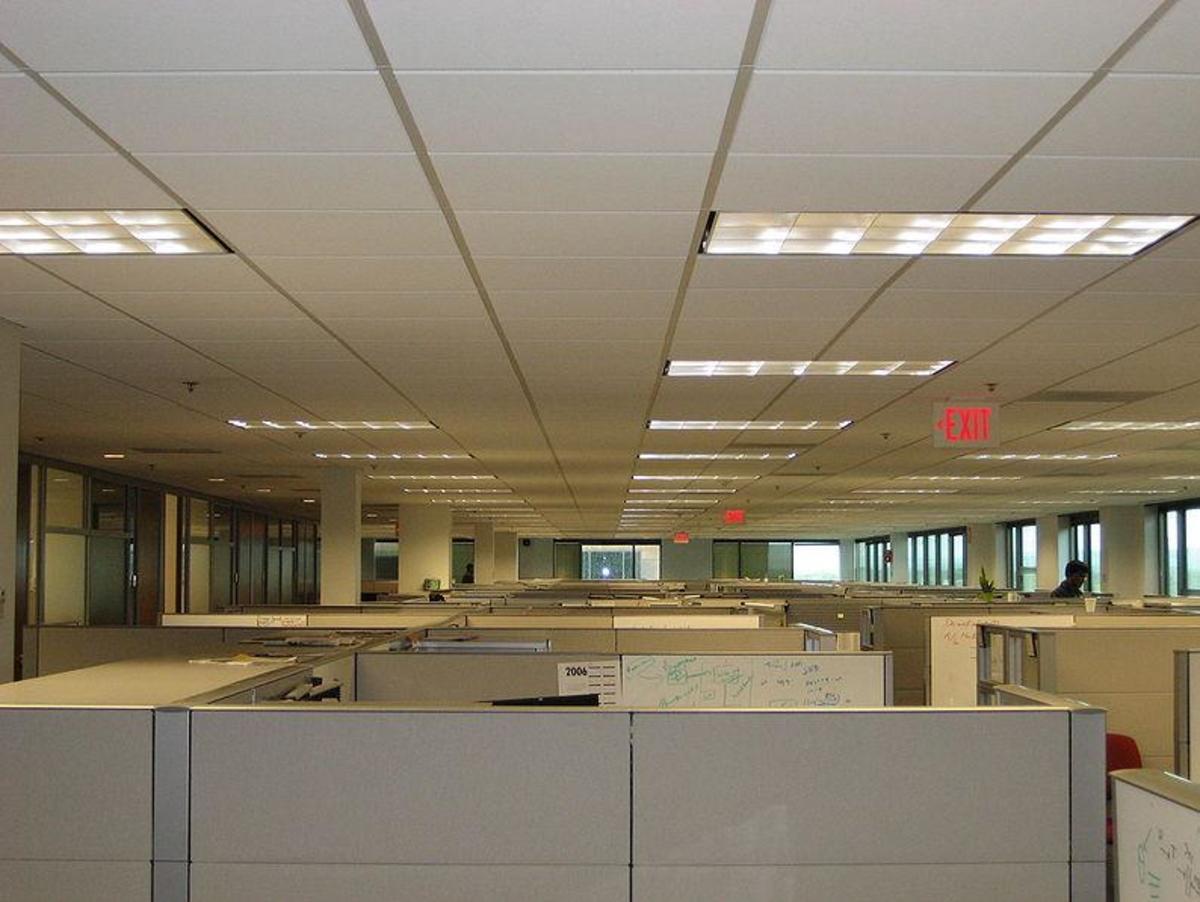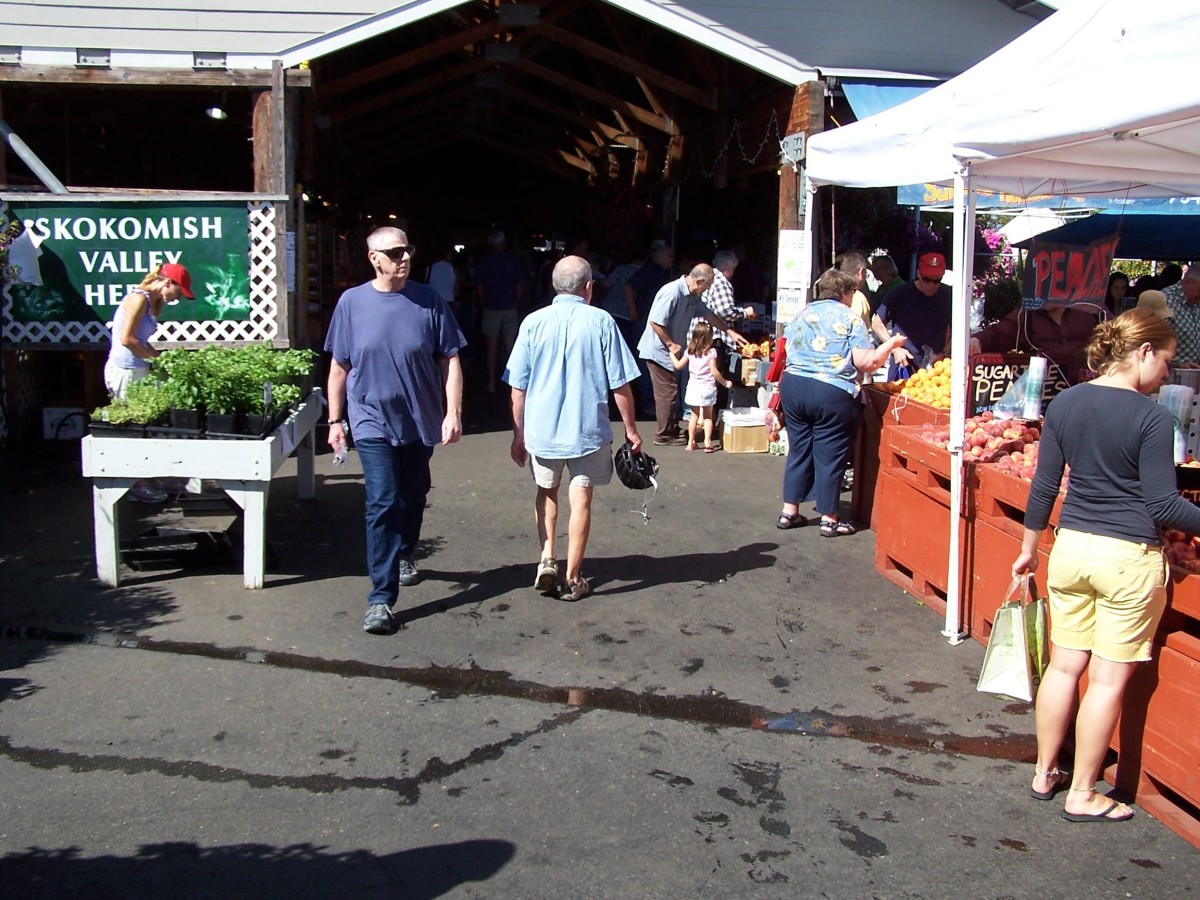Macadamia nutshells – from agricultural waste to valuable material
Macadamia is a small, evergreen tree, native to eastern Australia, New Caledonia and some parts of Indonesia. The tree is known for producing high in fats fruit, enclosed in very hard, woody shells.
Two of the macadamia species: Macademia integrifolia and Macademia tetraphylla produce edible fruit. Commercial plantations of these trees can be found in some regions of the world, including Hawaii, where this story takes place.Here, the first macadamia orchards were recorded in the 1920s, but until very recently, the way macadamia fruit were utilised by the industry has remained unchanged.
While the fruit itself was carefully collected, the nut, considered as a ‘by-product’ with no commercial value, was discarded, without any second thought about it.
It was estimated that on the Big Island only, about 25,000 tons of macadamia fruit shells is produced per annum and sent to landfill. Dealing with such enormous amount of organic waste has become a serious environmental problem for local authorities and communities. Disposing macadamia nutshells has also become expensive for farmers, as they have to pay $5 per tonne in landfill charges.
Macadamia nuts
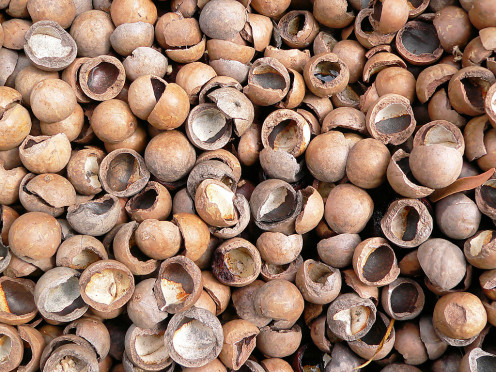
The problem remained unsolved until 2009, when the brilliant idea was born − macadamia nutshells could be transformed into granular activated carbon!
Activated carbon has numerous applications across a wide range of industries. It is used in water filters, air purifiers, call phones and wind turbines. It also finds applications in the pharmaceutical and environmental sectors (e.g. for accidental spillage clean up). There is a great market for activated carbon worldwide, while the material for its production is piling on the landfills across the island!
The idea soon started to take shape. The US Environmental Protection Agency had issued a permit for a combustion plant, and in February 2011, the commercial production started.
The newly opened plant not only allows transforming agricultural waste into a highly valuable product, but also only uses renewable energy for its operations! This is achieved as biofuel formed in the carbon production process is extracted and then sent to power the plant.
Activated Carbon
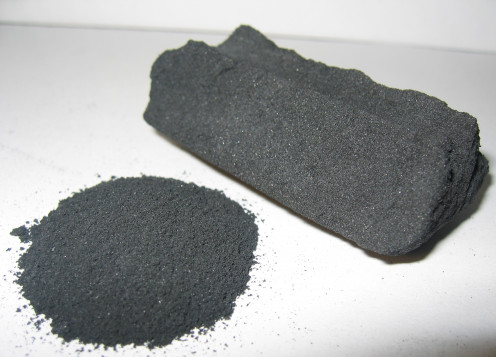
The production of activated carbon is divided into two phases: the first stage: gas pyrolysis, occurs in a char reactor. Here, the shells are transformed into charcoal by heating them in the oxygen-deprived environment.
The second stage (carbon ‘activation’) takes place in a separate chamber, where the combustible gases from the char rector are used to fuel the boiler. The boiler then produces super-heated steam, which is required for carbon activation process to be completed.
The whole project was initiated and is run by a small local green company, set up by a former macadamia trees grower. It is an example of a great business model: the raw material is locally available and abundant, the demand for the end-product is growing, and the whole project is profitable. But this is not all.
This venture has also contributed greatly to local communities: the farmers can count their savings in thousands of dollars, as a result of avoiding landfill charges. The amount of organic waste going to disposal has been reduced, which is beneficial for all islanders, not only for those involved in the agricultural trade. The business is hoped to create other innovative opportunities and attract new entrepreneurs with similar ambitions and visions.

